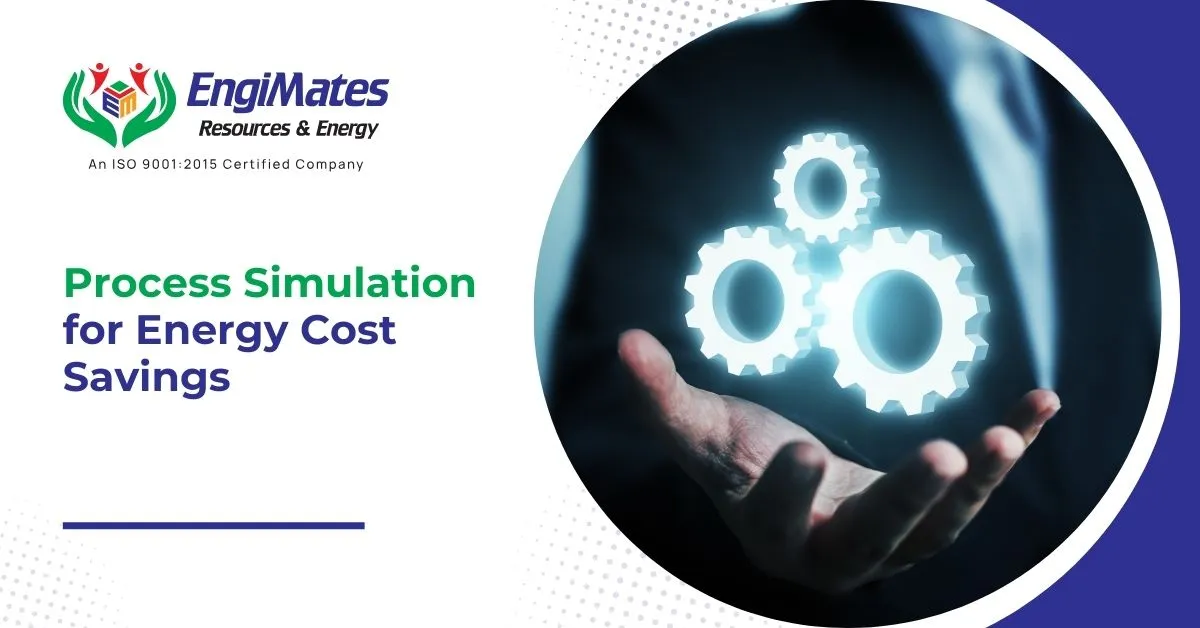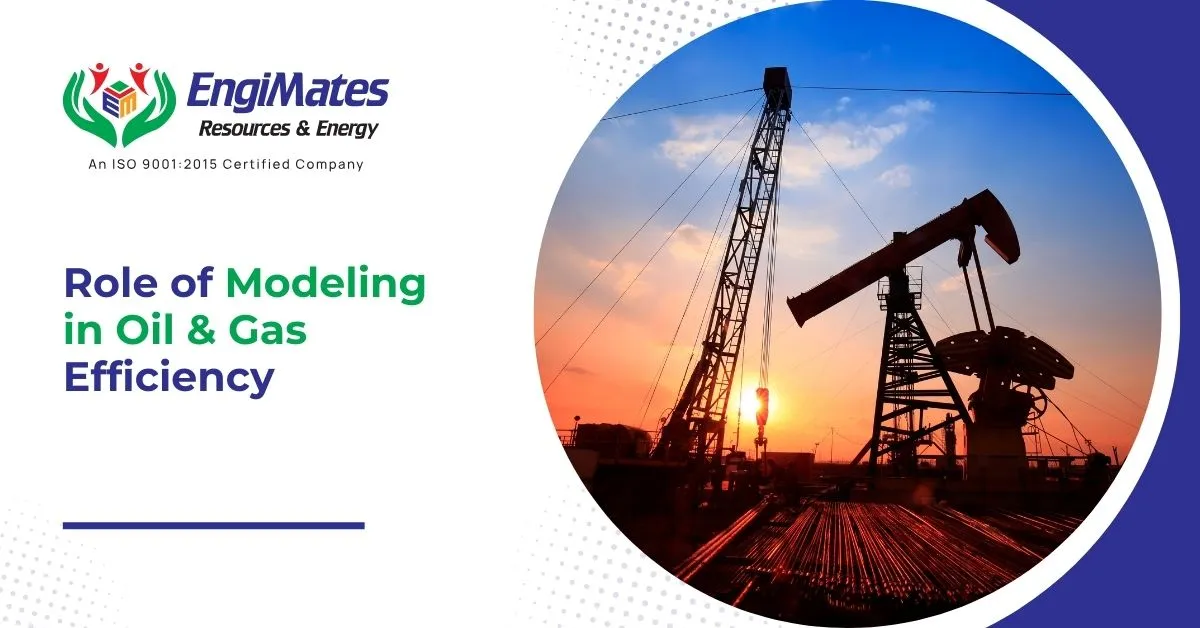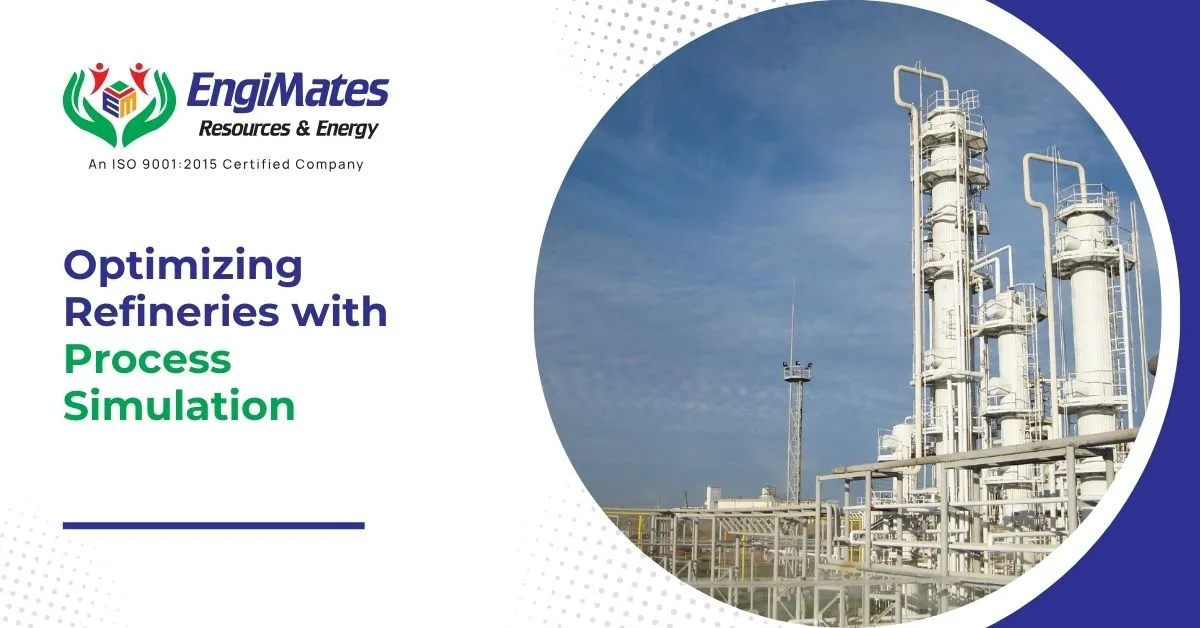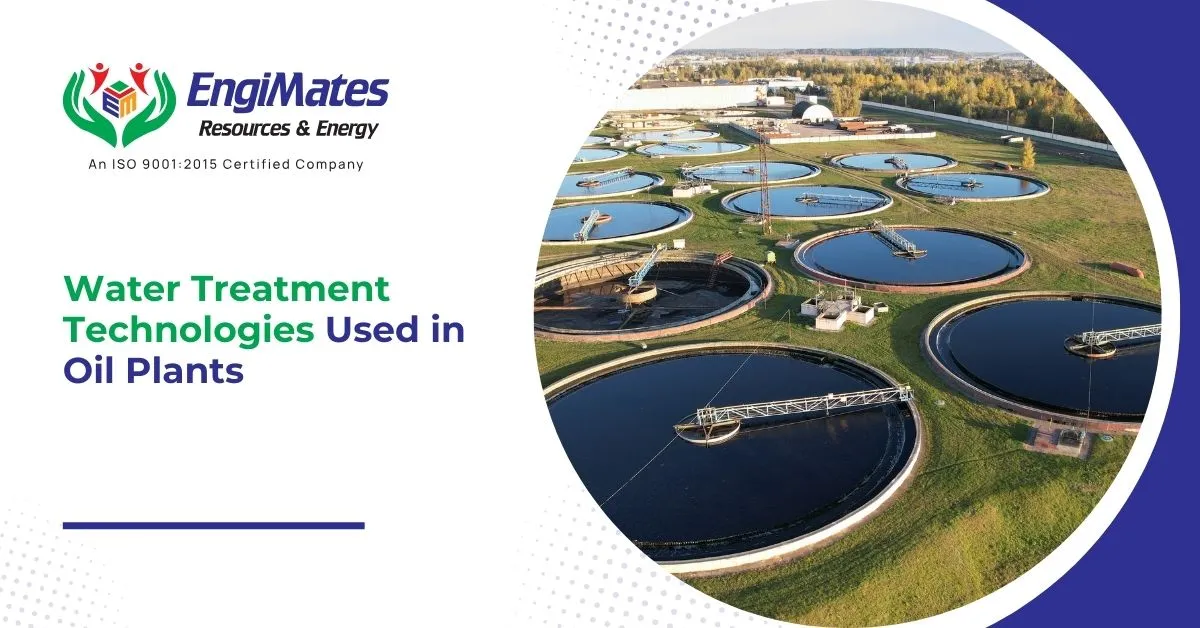The oil and gas industry is under constant pressure to maximize efficiency, reduce costs, and…

Energy consumption is one of the largest operating costs in oil and gas refineries. Rising fuel prices and environmental regulations push companies to find smarter, more efficient solutions. Process simulation has emerged as a game-changer, enabling refineries to cut energy costs while improving overall operational performance.
Table of Contents
What is Process Simulation in Refineries?
Process simulation uses digital modeling and advanced software tools to replicate refinery processes such as distillation, cracking, and gas treatment. These simulations allow engineers to test different operating conditions, identify inefficiencies, and optimize energy use without disrupting live operations.
How Process Simulation Reduces Energy Costs
Process simulation is a powerful tool for refineries, helping identify inefficiencies, optimize heat integration, and cut down on overall energy costs.
1. Identifying Energy Inefficiencies
Simulations help locate high-energy-consuming units, such as furnaces, compressors, and heat exchangers. By testing alternative setups, engineers can reduce unnecessary energy consumption.
2. Heat Integration Optimization
Process modeling improves heat recovery and integration strategies. Optimized heat exchanger networks reduce fuel demand and enhance energy efficiency.
3. Improved Utility Management
Energy-intensive utilities like steam, water, and power systems are modeled for better load distribution, leading to cost savings and reduced energy waste.
4. Supporting Predictive Maintenance
Dynamic simulations can forecast equipment performance, preventing unexpected downtime and costly inefficiencies.
Looking to cut energy costs in your refinery operations? Contact us for advanced process simulation and energy optimization solutions.
Applications of Process Simulation in Energy Savings
Process simulation enables refineries to model real-time operations, optimize system performance, and implement strategies that drive significant energy savings.
- Refinery Process Optimization – Simulating distillation and cracking units for minimal energy usage.
- Gas Processing Plants – Enhancing compressor and refrigeration efficiency.
- Flare and Relief Systems – Minimizing gas losses and optimizing pressure relief systems.
- Dynamic Simulations – Evaluating real-time energy-saving strategies.
EngiMates’ Role in Energy-Efficient Simulation
EngiMates Resources and Energy Pvt Ltd provides tailored solutions in:
- Process Simulation & Modeling
- Dynamic Simulations
- Relief and Flare System Assessment
- Gas Processing Optimization
- Facility Debottlenecking
By leveraging these services, refineries can achieve sustainable energy savings while maintaining compliance with safety and environmental standards.
Frequently Asked Questions
What is process simulation in refineries?
Process simulation is a digital modeling technique that replicates refinery operations to optimize efficiency, energy use, and overall performance.
How does process simulation reduce energy costs?
It identifies inefficiencies, optimizes heat recovery, improves utility management, and supports predictive maintenance, leading to significant cost savings.
Can process simulation improve sustainability in refineries?
Yes, process simulation reduces fuel consumption, emissions, and waste, supporting sustainability and regulatory compliance.
Which refinery systems benefit most from process simulation?
Distillation units, furnaces, compressors, heat exchangers, steam systems, and flare systems see the greatest improvements with simulation.
What services does EngiMates offer for process simulation?
EngiMates provides process simulation & modeling, dynamic simulations, relief and flare system assessment, and gas processing optimization.
Conclusion
Process simulation is no longer just a design tool—it is a critical part of refinery energy management. With advanced simulation and modeling, oil and gas companies can minimize costs, improve efficiency, and ensure long-term sustainability. Partnering with EngiMates provides the expertise needed to unlock these benefits and future-proof refinery operations.




